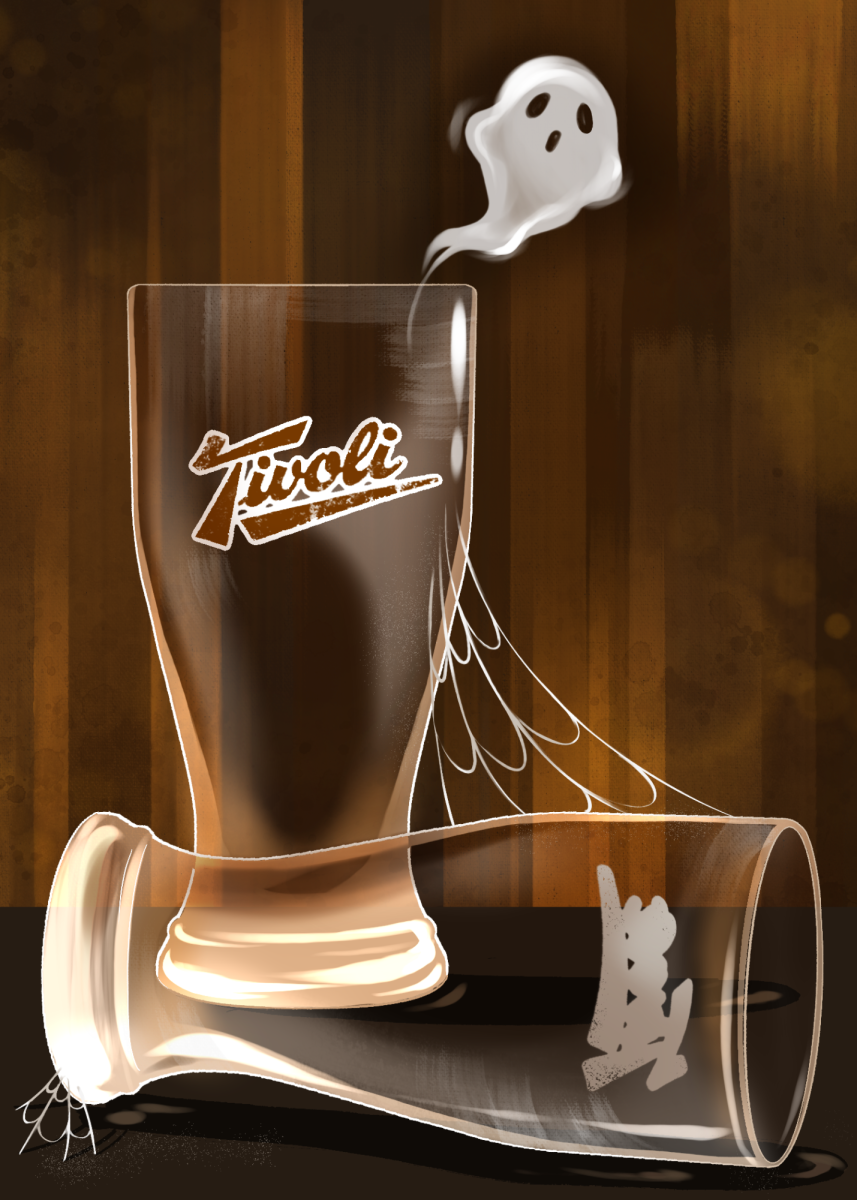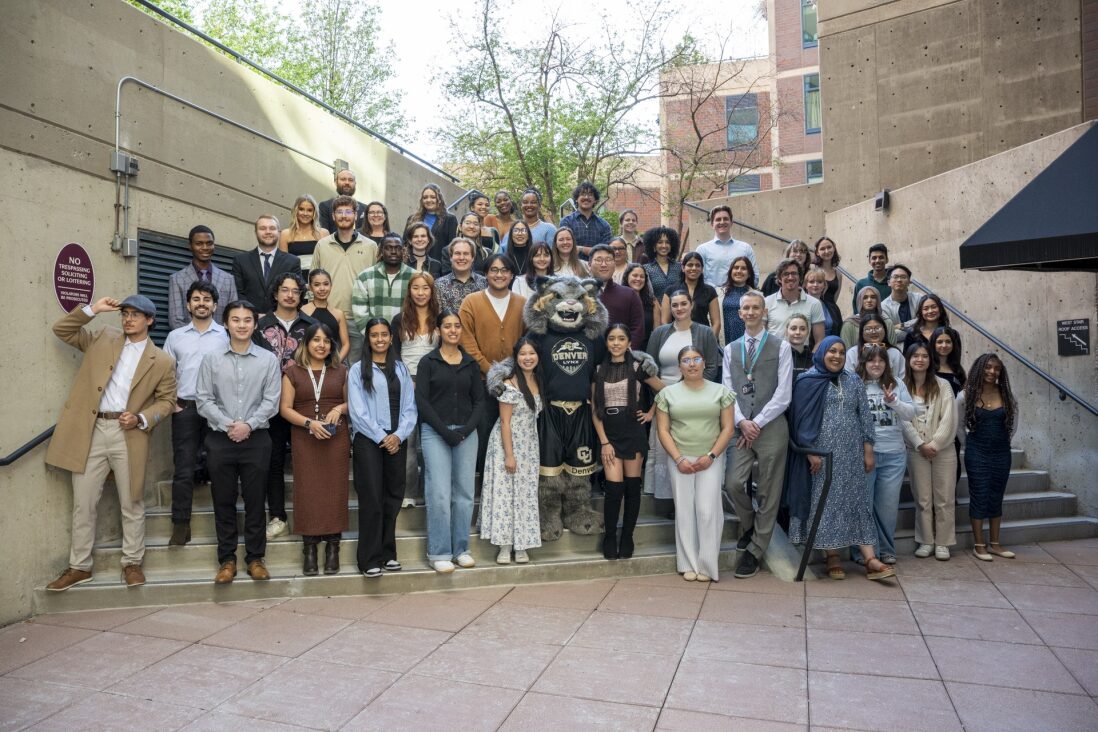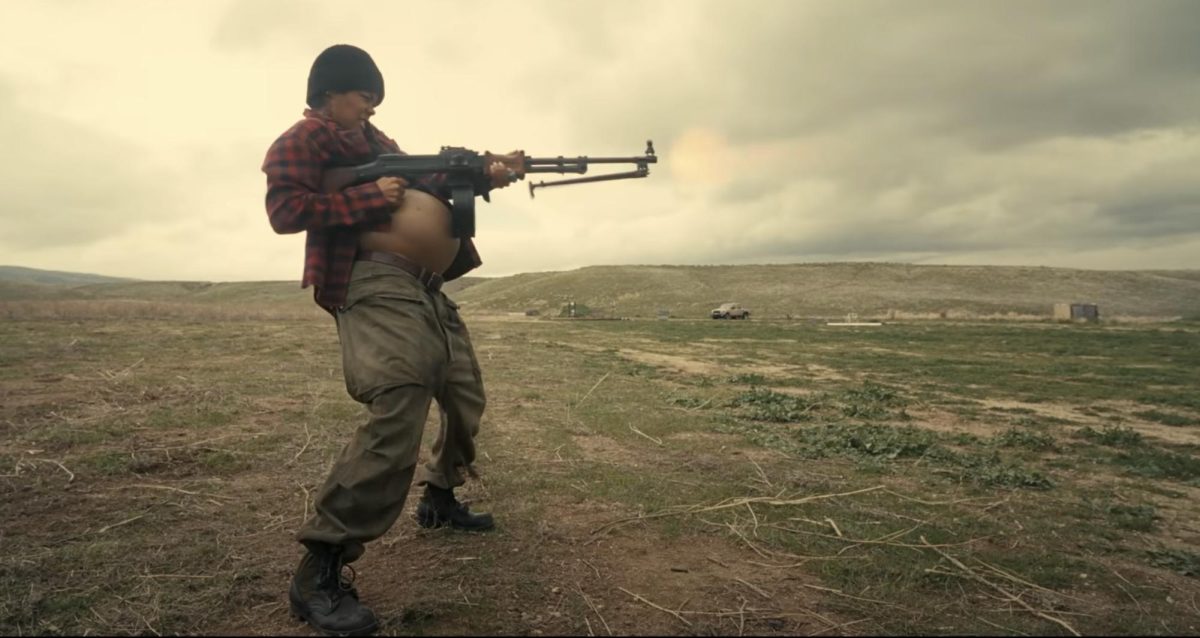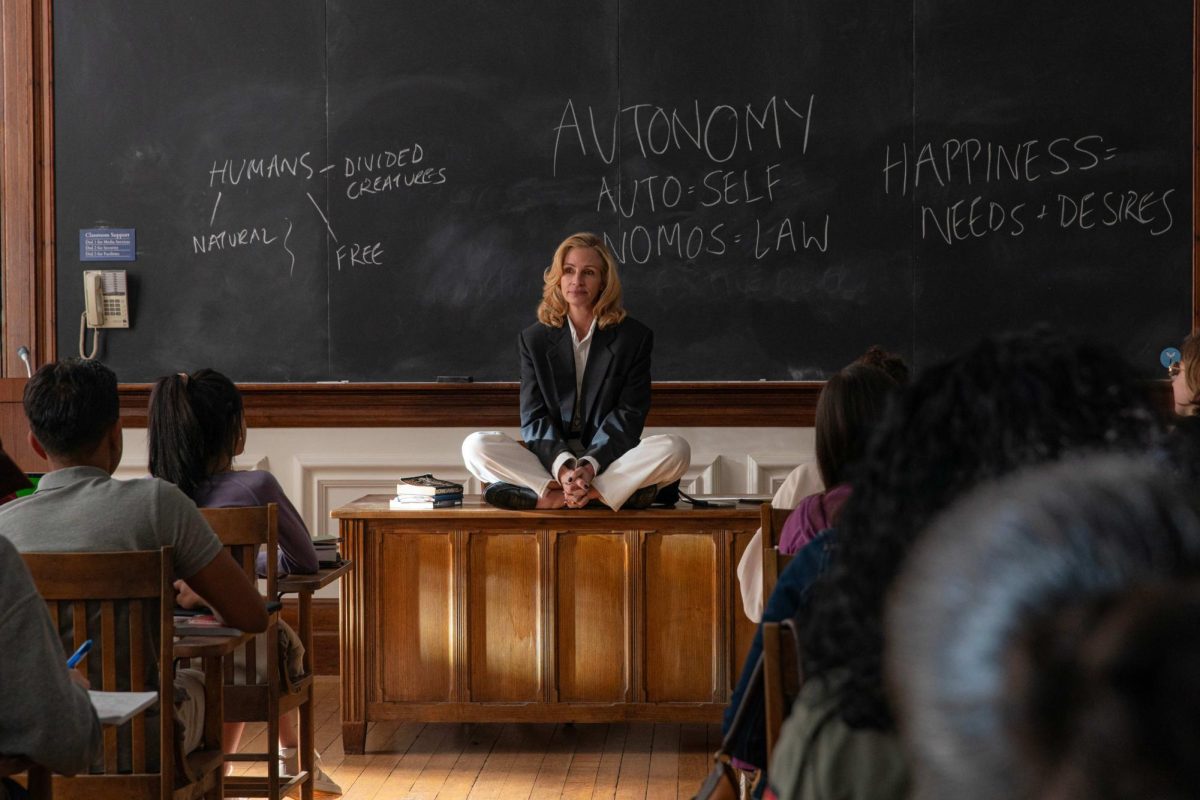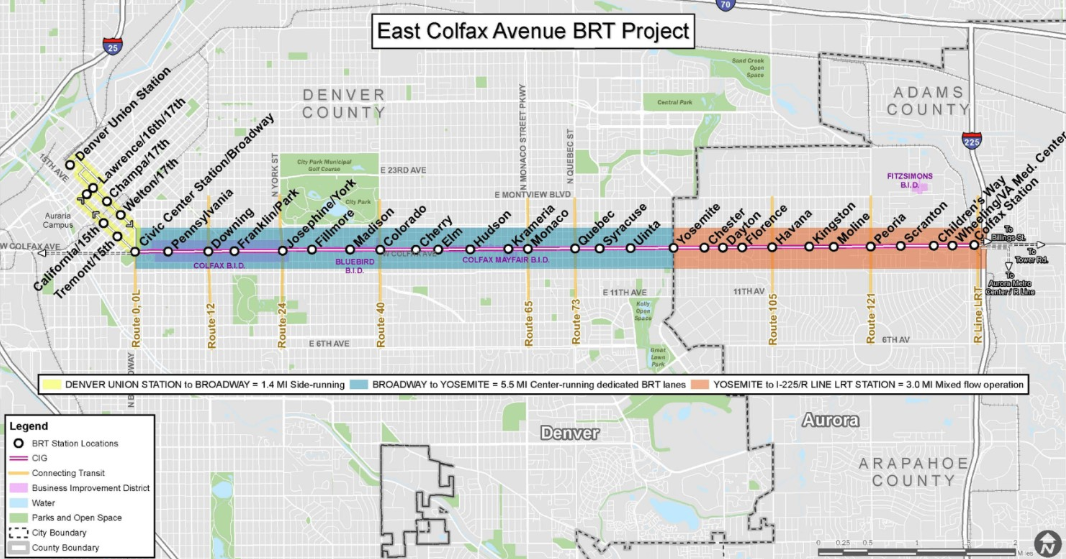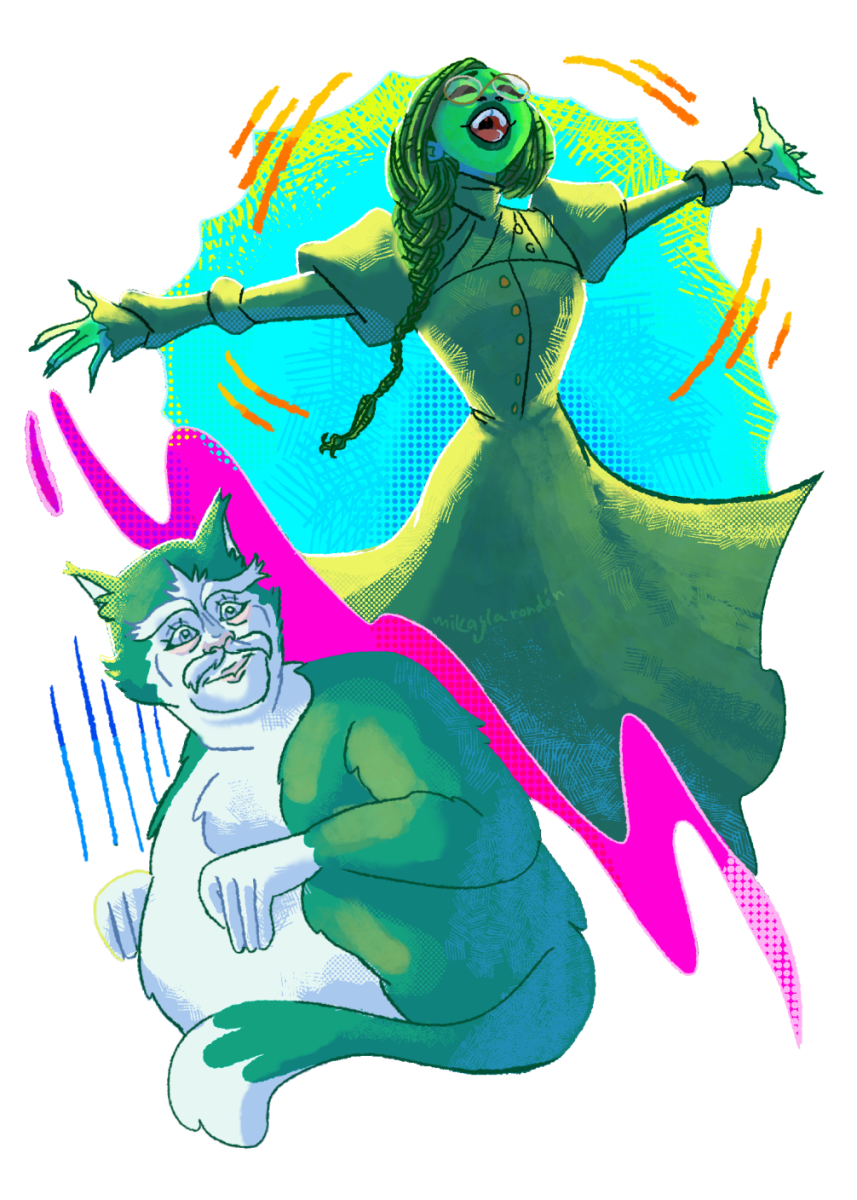We open on Perfidia (a ferocious Teyana Taylor) walking along a highway as the sun sets, growing orange and huge in the distance. Jonny Greenwood’s score anxiously twinkles in the background. She surveys an immigration detention center below the highway. She is a member of the revolutionary group, the French 75, and for the next forty minutes, we’ll follow her through the prologue of “One Battle After Another,” the tenth feature film from Paul Thomas Anderson. A passion project twenty years in the making, the film feels like a culmination of Anderson’s obsession with larger-than-life epics, zany characters, and emotional storytelling. It is a non-stop thrill ride as well as a masterpiece of anti-fascist filmmaking, examining a fascistic government that abuses its powers, gleefully using its citizens as sacrificial pawns to further its own agenda. The film feels subsumed in the current moment, yet retains a timeless quality. Ultimately, Anderson utilizes contemporary America as a springboard to delve into the ways fascism creeps into our everyday lives, and a plea to the viewer to fight for a better tomorrow.
After surveying the detainment center, Perfidia is introduced to two people that will change the trajectory of her life and the revolution. The first is Bob (Leonardo DiCaprio), an explosives expert new to the French 75, and the man she’ll fall in-love with. She also meets Col. Steven J. Lockjaw (Sean Penn), a violent, pathetic man who will become the nemesis of the revolutionaries, and who becomes deeply, fetishistically obsessed with her. As the prologue progresses, Perfidia finds herself forced into a perverse relationship with Lockjaw where she must be with him, or he won’t allow the French 75 to continue operating. At this same time, Perfidia gives birth to her daughter and undergoes severe post-partum depression. Perfidia feels like a miracle of a character, written with depth and complexity. She has desires and emotions, she’s contradictory in her actions, and eventually, when forced into a corner, she will choose herself over her fellow revolutionaries. The characters are one aspect of what makes the film feel so special. She is the first example of the deeply complex characters that occupy the film, particularly the fantastically nuanced portrayal of women and people of color.
Following a botched bank robbery, Perfidia is captured. In a sickening shot, she’s pushed in a wheelchair, as a dozen-or-so cops cheer and try to take selfies with her. All she can do is cover her face and try to hide from being treated like a prize. Faced with prison, Perfidia names her comrades to the government in exchange for being placed under witness protection. The opening prologue is quickly paced and explosive to watch unravel. It quickly hooks the viewer and refuses to let go, immediately establishing an insurmountable foe our protagonists must defeat.
The film then jumps sixteen years into the future, where Perfidia narrates how, “the world had changed very little.” The time jump functions as both a narrative device, as well as Anderson shouting at the viewer: This is what our world becomes if we don’t fight. Nothing changes; things only get worse. Bob, Perfidia’s revolutionary boyfriend, is now a paranoid, stoned-out-of-his-mind, walking meat-sack. He rewatches “The Battle of Algiers,” quoting it and reminiscing on a time when he thought he could change the world. Anderson’s use of comedic moments imbues the audience with a sense of security before delving into the film’s heavier subjects. The film is immensely funny, relying on hilarious moments and the timing of DiCaprio to create the funniest film of Anderson’s career. In the sixteen years that have passed, he’s raised Willa (Chase Infiniti), a smart and deeply independent young woman at odds with her father’s hermit mentality and ghost stories. Lockjaw has thrived during the time-skip, capturing enough immigrants to be invited to an exclusive secret society known as the Christmas Adventurers. The Christmas Adventurers are an ultra-white nationalist group that “hail Saint Nick,” believe in “racial purification,” and want to eradicate “lunatics, haters, and punk-trash.” The satirization of these white nationalist groups is a brilliant way to dismantle these ways of thinking, and an even funnier way to question how we could ever allow people like this to gain power within our society. Anderson’s use of satire also highlights the terrifying nature of these groups. Despite being utterly incompetent and objectively ridiculous, they retain an exorbitant amount of power that can be used to harm others, particularly minorities and vulnerable groups of people. Someone like Lockjaw, as pathetic as he may be, has the power to inflict damage on others and dismantle families because the government has given him the ability to do so. To join the Christmas Adventurers, Lockjaw must find Willa, who he fears might be his daughter, which would ruin his chances of joining.
The middle portion of the film follows the manic insanity of watching Bob try to find Willa, who has been rescued by a fellow revolutionary. Bob meets Willa’s karate teacher Sergio St. Carlos (Benicio Del Toro) and together, the two try to navigate the crumbling sanctuary city of Baktan Cross as it’s invaded by Lockjaw’s forces. It’s an action-packed, yet terrifying spectacle to behold. The filmmaking is chaotic, combining long takes and shaky cameras. The viewer is transported into Bob’s headspace, out of our depth and trying desperately to hang on. This section of the film feels like looking at a mirror of our current day. Lockjaw, invading a sanctuary city and inciting a riot, feels like watching as the current administration deploys the military and national guard into peaceful cities, positioning them as crime-ridden wastelands. Lockjaw, as a cover, has claimed that heroin is being produced in Baktan Cross, allowing him a reason to invade a peaceful sanctuary city. He detains dozens of people working at a fast-food processing plant, which mirrors a law recently passed by the Supreme Court, allowing ICE agents to arrest someone based on the color of their skin, essentially legalizing racial profiling. This is how fascism seeps into our daily lives, with the government using its power however it desires, until eventually we hardly recognize the world outside our windows. This sequence of the film feels remarkable for a blockbuster produced inside a system that values escapism over challenging art. The film argues the hypocrisy of a country founded by-and-for immigrants, treating those same immigrants as sub-human by stripping them of their rights and basic human dignity.
We watch as Bob stumbles through the city, a shell of his former revolutionary days. The comedy here is impeccable, with Bob unable to remember a passcode to access Willa’s rendezvous point, falling off a roof, and getting shot by a taser. Watching Bob fail miserably is hilarious, but it also speaks to a disconnect between generations. Those that started this fight are now unfit to see it out to the end. In the final set piece of the film, Anderson presents one of the finest car chases committed to celluloid, as well as a symbolic representation of these different factions of America trying to race against each other, wrestling for who will control it. During this car chase, which sees Bob in a red car representing the older generation, Willa in a white car representing the younger generation, and Tim Smith (John Hoogenakker) in a blue car representing the fascistic, white nationalist view of America. Together, they make up the American flag, each trying to out-pace the other. As for the filmmaking element, Anderson films the chase with a camera rigged to the front of the car, as well as the back. The filmmaking in this sequence particularly shines with the film’s use of VistaVision, the use of film grain applying a timeless feeling, a generational story of fighting against oppression that could apply to any decade. Each time a car goes over a hill, we watch with anxious anticipation, wondering who will appear first. It’s a masterclass in building tension and suspense, with Willa ultimately winning, outsmarting and defeating Smith. The only way to defeat fascism and white nationalism is to outsmart it. The systems established by those in power feel they understand their citizens enough to oppress and destroy them, so we must in turn act unpredictably, and in ways they would never anticipate.
At the conclusion of the film, Willa reads a letter from Perfidia, insisting that sixteen years ago, the revolutionaries failed. Perfidia asks, “Will you try to change the world like I did?” Throughout the course of the film, Bob never accomplishes anything, especially saving Willa, who saves herself. Anderson unequivocally feels the future lies in the hands of the younger generation, not with a Bob, but with a Willa. If his generation failed, they still paved a road for her generation to succeed. A final, brilliant realization is that even though we’ve followed Bob, Willa has been our main character all along. Despite him being our entry point, we’ve journeyed with Willa, watching her grow and realize her ability to fight her own battles. It’s fitting the film begins with a shot of Perfidia and closes with a shot of Willa. The torch has passed, and another battle has begun. All we can do is keep fighting for a better tomorrow.

